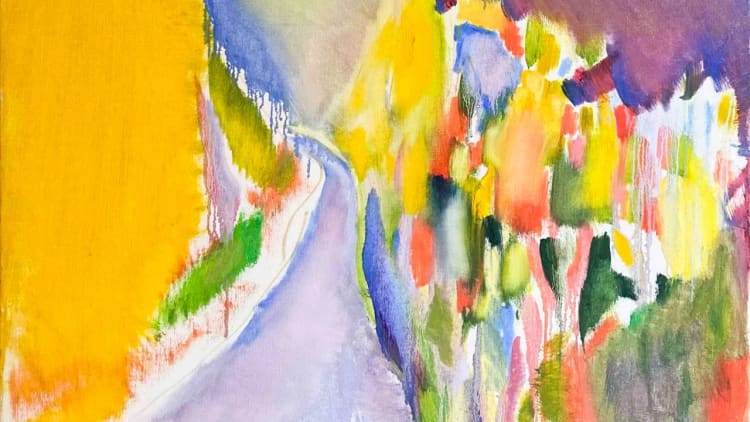Guernica is one of the most famous paintings by Pablo Picasso. The Spanish Republican government commissioned this great work to represent Spain at the 1937 Paris Exposition Universelle. It is from this request that Picasso imagined and created this painting.

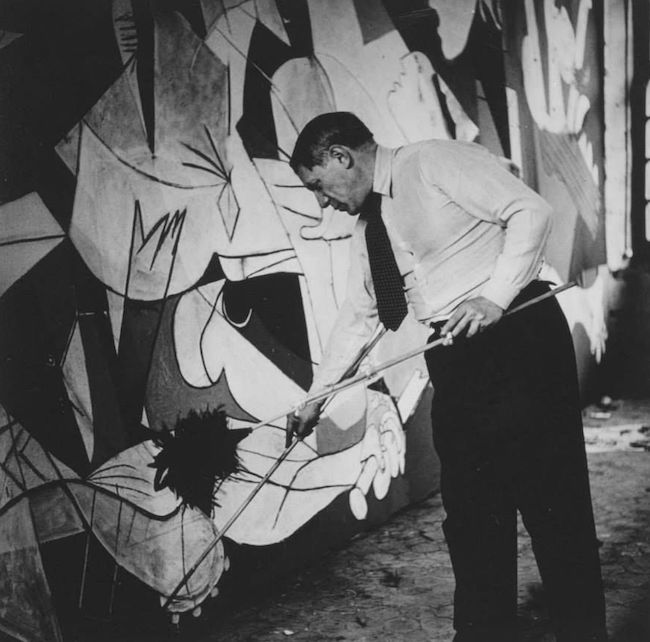
Pablo Picasso painting Guernica
Analysis of the painting's composition
The painting Guernica was inspired by the bombing of the small town of Guernica in 1937. In this gigantic work, Pablo Picasso refused any realistic representation of the small bombed Basque town.
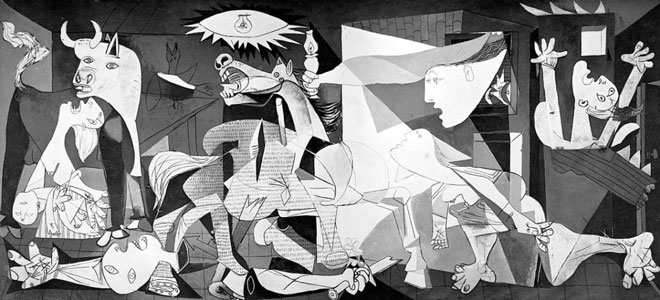
Guernica, Pablo Picasso, 1937
Now, let's see the elements that compose this painting:
- The light bulb: indeed, there is no representation of the bombings, only a light bulb comes to symbolize this deluge of fire in the form of incandescent flames emanating from the body of the bulb.
- The horse: it is located just below the bulb and its rays. This horse is disembowelled with its body pierced by a spear.
- The bull: the figure of the bull is also represented, it is the emblem of Spain.
- The dove: it is barely sketched and as if erased to show the monstrosity of the war in front of the disappeared peace.
- The women: several women are represented, notably one on the left of the painting, her head turned towards the sky, mouth open and carrying her baby in her arms. Another, in the upper right of the painting is screaming with her head and arms raised to the sky.
- The man with the sword: he is the only man represented in this work, he lies on the ground, with his whole body dismembered.
In this painting, Picasso uses an aspect specific to Cubism: the simultaneous representation of the front and the profile by forbidding any depth.
A very special painting
Guernica by Picasso is extraordinary for at least three reasons:
1) By its dimensions: indeed, it is a monumental work painted in oil that measures 3.5 m high and 7.8 m wide.
2) By the colors used: with Guernica, Picasso limited his choice of colors to shades of gray, black and white.
Picasso painting Guernica in his Parisian studio, photo taken by Dora Maar
3) By the circumstances of its execution: Picasso painted Guernica in his new studio located in Paris at 7 rue des Grands-Augustins, in a 17th century building, full of historical memories since it was the former hotel of the Dukes of Savoy. It was the first time that Picasso allowed an audience to be present while he worked. Dora Maar was constantly there photographing the successive stages of the painting's creation. Paul Éluard, the great poet, was also a frequent visitor, as was André Malraux.
A historical work
It took the bombing of Guernica, in the Spanish Basque Country, on April 26, 1937, for Picasso to agree to paint this immense painting in only one month, surrounded by his friends and admirers. This painting has become the symbol of the triumph of destruction and hatred.
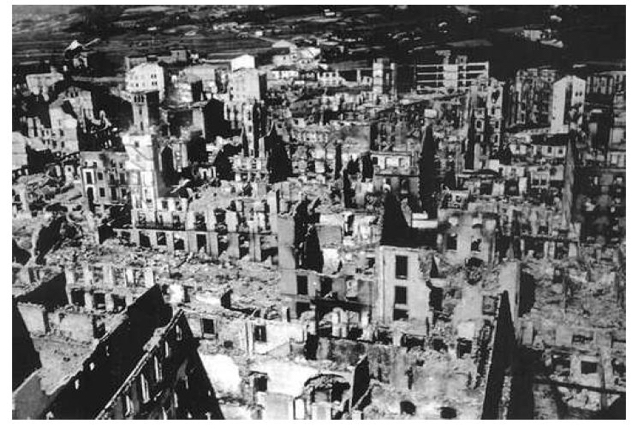
Guernica after the bombing
With this oil on canvas, Picasso wanted to draw the world's attention to the bombing by the Nazis in support of General Franco's Spanish nationalist forces.
A weapon against the Germans
How did Picasso, in an occupied Paris, use his painting to remind the Germans of their responsibility in the Spanish War?
In September 1940, the Germans, who occupied Paris, decided to make an inventory of all bank vaults and Pablo Picasso was summoned to the headquarters of the Banque Nationale du Commerce et de l'Industrie, on Boulevard Haussmann, where he had two vaults next to Henri Matisse's. Picasso kept many of his paintings there, as well as works by Matisse, Renoir and Cézanne...
The German investigators then decided to visit Picasso's apartment and studio and they came across a photographic reproduction of Guernica. The German officer then asked Picasso: "Did you do this?" "No, you did this" Picasso replied.
His journey since 1937
Picasso having forbidden any visit of Guernica in Spain as long as Franco was in power, the painting remained in exile even after Franco's death in 1975, traveling the world through numerous exhibitions, then preserved in New York at the MoMA according to the artist's wish...
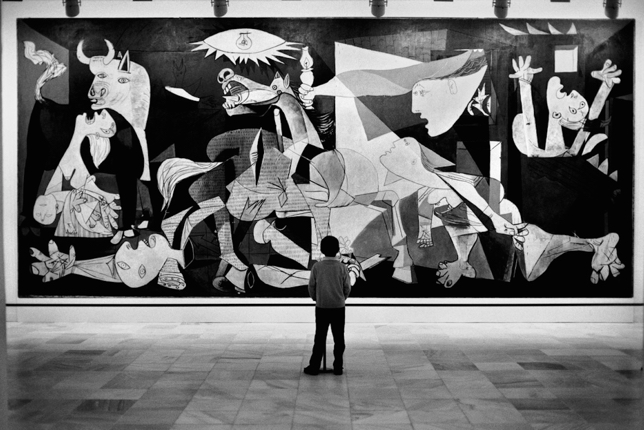
A child facing Guernica at the Reina Sofía Museum
On September 10, 1981, Guernica was finally able to return to Spain, where it was first exhibited at the Prado Museum, while waiting for the construction and opening of Spain's national museum of modern and contemporary art: the Reina Sofía Museum in Madrid. Since 1992, it has been exhibited in this prestigious Madrid museum and is the pride of the Spanish people.




